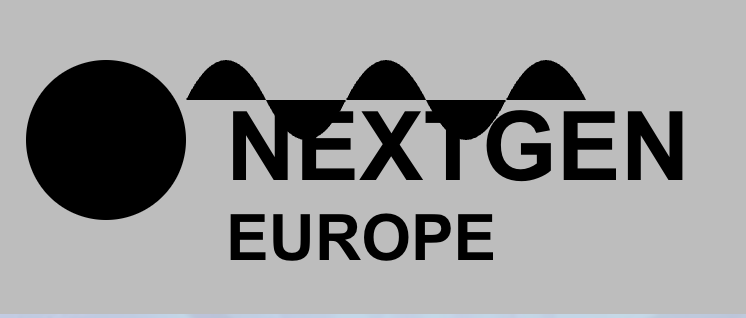Following the Sprint race, the qualifying round for the Austrian Grand Prix will occur.
After the Sprint, here is the F1 start time information you need for qualifying for the Austrian Grand Prix.
The Sprint action is scheduled to commence at 11am local time at the Red Bull Ring. However, the drivers will subsequently need to recover and participate in the qualifying session for the main event later on Saturday.
What time does Austrian Grand Prix qualifying start?
The Austrian Grand Prix qualifying session is scheduled to commence at 3pm local time on Saturday, June 29, 2024. Here are the corresponding times for various regions across the globe:
United States and Canada*: 7am Pacific Daylight Time, 8am Central Daylight Time, 9am Eastern
Mexico: 7am [Mexico City]
United Kingdom: 2pm
Central European Time**: 3pm
South Africa: 3pm
Gulf Standard Time: 5pm
India: 6.30pm
Indonesia*: 8pm [Western Indonesia Time]
China: 9pm
Singapore: 9pm
Malaysia: 9pm
Philippines: 9pm
Japan: 10pm
Australia*: 11pm [Australian Eastern Standard Time]
New Zealand: 1am [New Zealand Standard Time] [Sunday 30 June]
*Convert to check locally if you do not live in an area of this territory with these time zones.
Includes a total of 30 countries and territories: Albania, Andorra, Austria, Belgium, Bosnia and Herzegovina, Croatia, Czechia, Denmark, France, Germany, Hungary, Italy, Kosovo, Liechtenstein, Luxembourg, Malta, Monaco, Montenegro, Netherlands, North Macedonia, Norway, Poland, San Marino, Serbia, Slovakia, Slovenia, Spain (excluding the Canary Islands), Sweden, Switzerland, and Vatican City.
How to watch the Austrian Grand Prix on TV
Formula 1 fans from various nations and territories across the globe can catch the action through a range of broadcasting rights agreements. Whether it’s via pay TV or free-to-air, here are some locations where F1 enthusiasts can tune in.
Africa: SuperSport
Australia: Fox Sports, Foxtel, Kayo
Brazil: BandSports, TV Bandeirantes
Canada: RDS (French), TSN (English), Noovo
Central Asia: Setanta Sports
China: CCTV
France: Canal+
Germany: Sky Sport F1
India: FanCode
Italy: Sky Sport F1, TV8
Japan: DAZN, Fuji TV
Latin America (except Argentina and Mexico): ESPN
Malaysia: beIN Sports
Mexico: Fox Sports
Middle East and North Africa: beIN Sports
Netherlands: Viaplay
New Zealand: Sky Sport, Prime (highlights)
Pakistan: A Sports
Republic of Ireland: Sky Sports F1, Channel 4 UK (highlights)
South Korea: Coupang
Spain: DAZN
United Kingdom: Sky Sports F1, Channel 4 (highlights)
United States: ESPN+, ESPN Deportes
Don’t miss any Formula 1 action this season with PlanetF1.com
F1 2024: Where to buy, how to watch, cheapest ticket prices and best package deals
Follow PlanetF1.com’s WhatsApp channel for all the F1 breaking news!
Austrian Grand Prix qualifying live stream: How to watch online
In the UK, F1 enthusiasts can enjoy live streaming of the Austrian Grand Prix on platforms like NOW and Sky Go.
F1 TV Pro is accessible globally in specific regions, providing exclusive offerings such as onboard cameras showcasing all 20 cars, pre and post-race shows, and numerous additional features.
F1 TV Pro can be live streamed on various devices including Apple TV, Chromecast Generation 2 and newer, Android TV, Google TV, Amazon Fire TV, and Roku. The streaming is uninterrupted by ad breaks and includes commentary in six different languages.
Here is a list of all the territories where F1 TV Pro is available.
What is the F1 qualifying format used and how does it work?
The F1 qualifying session is divided into three segments, spanning an hour, and employs an elimination-based format to establish the starting grid. This approach has gained immense popularity ever since its inception in the sport.
Q1: 18 minutes
At the conclusion of this period, a total of five drivers will be eliminated, determining positions 16 to 20 on the starting grid. During the 18-minute stint, drivers have the freedom to complete as many timed laps as they desire.
Q2: 15 minutes
Following an eight-minute intermission, the remaining 15 vehicles venture out for another round before an additional five cars withdraw at the conclusion of Q2, determining the positions 11-15 on the starting grid. The regulations remain intact, granting drivers the freedom to complete as many timed laps as desired within a 15-minute timeframe.
Q3: 12 minutes
Following a brief pause of seven minutes, the last batch of 10 cars resurfaces on the track to engage in a competitive shootout for the coveted pole position. As the concluding 12-minute session comes to a close, the positions of the top 10 cars on the starting grid for the Grand Prix are determined.
For a full look at the intricacies and other rules around F1 qualifying, here is a full breakdown of the current format.
Read next: F1 start time: What time does the Austrian Grand Prix start? How to watch and live stream
